Modern cars come with an automatic transmission which, for many people, is still a mystery. That’s why there are many myths or misconceptions about it. This article from Philkotse.com talks about common myths surrounding the automatic transmission and the truth behind them.
1. An automatic transmission is a sealed unit
Myth: The automatic transmission is sealed shut, making it impossible to repair or service. If it becomes faulty, the only option is to pony up for a replacement.
Truth: All automatic transmissions can be repaired, with most of them actually requiring servicing and benefitting from it.
Reason: Many people assume that an automatic transmission cannot be repaired, on account of its complexity. There might be plenty of auto repair shops and mechanics around, but it usually takes a bit of effort to find someone who specializes in automatic transmissions.
The truth is, mechanics who do are often hesitant about servicing one, simply because something might go wrong pretty easily. An automatic transmission is a sophisticated maze of small but important components like ball bearings and small springs, any of which can be left out during reassembly if the mechanic is not diligent enough.
This is the main reason why many mechanics balk at fixing auto gearboxes, and why most dealers prefer replacement instead. But really, all you need to do is to find the right mechanic for the job.
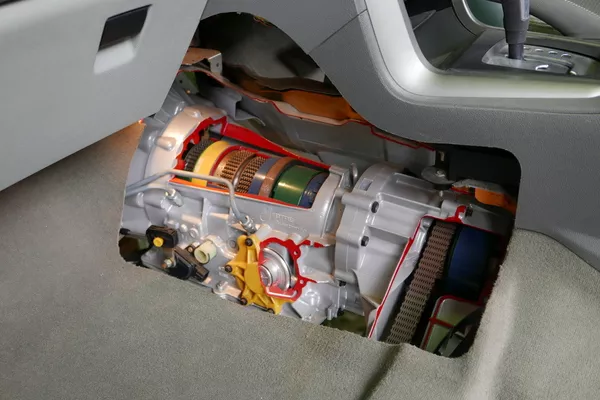
Many people assume that automatic transmissions are not serviceable
>>> Read more: This is how to do proper automatic transmission clean.
2. Automatic transmissions are less fuel-efficient compared to manual transmissions
Myth: An automatic transmission is a greedy and fuel-guzzling monster that is heavy and creates more drag on the powertrain. It also causes the car to consume more fuel compared to a manual transmission.
Truth: Unfortunately, this myth is true. Although carmakers are already working to close the efficiency gap between manual and automatic transmissions, vehicles equipped with stick shifts are still regarded as being more fuel-efficient compared to cars with a slushbox.

Manual transmissions have a series of metal gears coated with a thin layer of lubricant
Reason: The weight is a factor, with an automatic transmission’s extra components making it heavier compared to a manual transmission. With that being said, it's clear that extra weight will mean extra engine work in any given situation which will mean more fuel consumption.
Then there’s the friction within the system. Manual transmissions have a series of metal gears coated with a thin layer of lubricant, interfacing with the engine via a dry clutch that feels little to no resistance when it’s disengaged. Automatic transmissions, on the other hand, use a series of wet clutches constantly bathed in transmission fluid that acts both as a lubricant and hydraulic fluid.
The clutch still encounters some resistance due to friction, even if it isn’t engaged, and it adds up more than it does on a manual gearbox. Whereas manual transmissions rely on the human driver for the muscle power and mental discretion to actuate gear shifts.
Besides, an automatic uses a torque converter with planetary gears immersed in gear oil that shift according to engine speed, and this drag contributes to power loss. Modern eight-speed automatics however, are within 5% as efficient as manual transmissions.
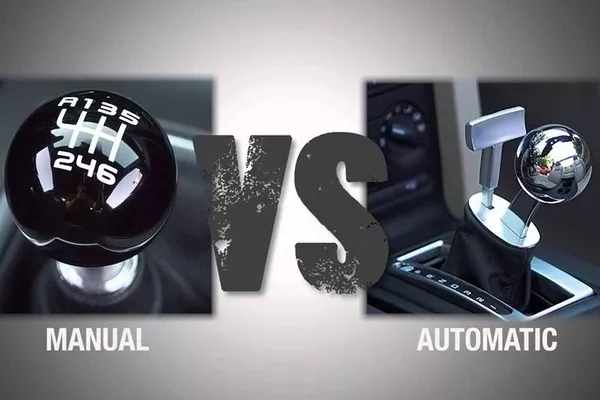
An automatic transmission weighs more compared to a manual transmission
>>> Also unveil: 10 myths about fuel efficiency that every Filipino driver should know.
3. Automatic transmissions are bad when used in poor driving conditions
Myth: Automatic transmissions are bad in handling difficult driving conditions, making driving awkward.
Truth: While this was historically true, advancements in technology and improved control methods have largely addressed this.
Reason: Modern cars with automatic transmissions perform as well as manual transmission ones in a variety of driving conditions. The electronic nature of an automatic transmission initially didn’t have the flexibility to adapt to changing driving conditions, as opposed to manual gearboxes where the operator can instantly react by changing driving styles.
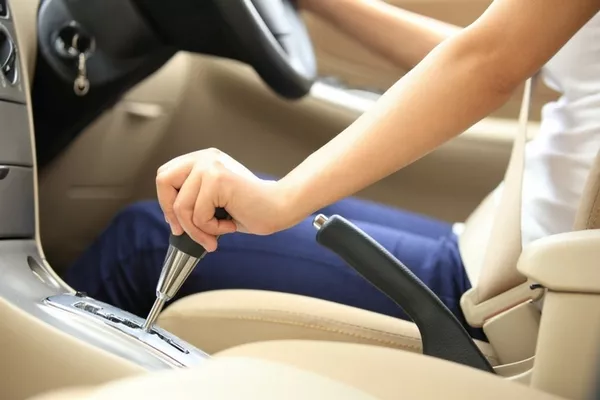
Modern automatic transmission cars can now drive as well as a manual transmission ones
>>> Check out: Traffic in the Philippines & your automatic transmission.
4. Automatic transmissions should be in Neutral when stopping
Myth: It’s a must to always shift the gear to neutral prior to reducing speed, such as when approaching a red traffic light. Leaving it in Drive consumes more fuel and cause additional wear on the clutch.
Truth: Older automatics may have had this issue, but generally, transmissions that have electronic components can be left in Drive with no ill effects.
Reason: As mentioned, automatic transmission only works with the data it is fed with, and this doesn’t include visual information. If drivers see that there is a danger of colliding with the vehicle in front of an intersection is coming up, they will engage the brakes to slow down, and that is what the transmission senses.
Lifting your foot from the brake pedal causes the vehicle to start pulling away, giving the impression that Drive is still engaged even if you are at a standstill. However, do mind that keeping the transmission in Drive while preventing the car from moving will wear out your brakes faster. If you anticipate that you won’t be moving for more than half a minute, shift the transmission to Neutral.
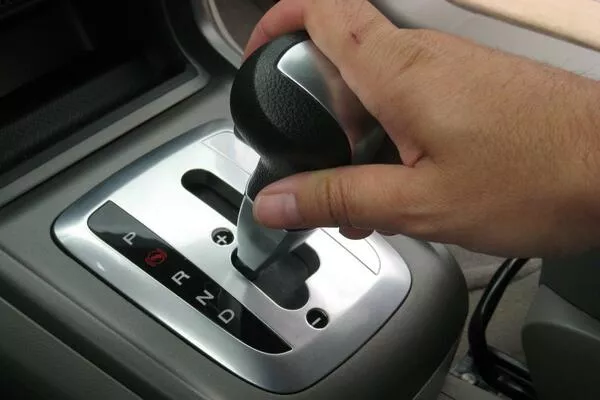
Automatic transmission makes decisions only on the data it is fed with
>>> FYI:
- What does ‘S’ on the gear shifter mean?
- Basic steps to drive an automatic transmission car properly.
5. Automatic transmissions are prone to damage during towing
Myth: If a car with an automatic transmission is towed, the gearbox components will lock up, potentially leading to catastrophic damage.
Truth: It’s a tie between yes and no.
Reason: It really depends on a number of considerations. First is how to the automatic transmission works. Second is the instruction in the manufacturer’s handbook; some carmakers direct car owners to add extra fluid to the transmission and to ensure that the car stays below a specific speed while towing, to prevent the gears from damage.
An important thing to keep n mind is that the transmission should not be in Park before towing. The parking mechanism of an automatic transmission uses a pawl which locks onto a number of teeth directly attached to the transmission's output. If an automatic vehicle is towed while in Park, the car will likely be dragged with its wheels locked up, wrecking the tires. Worse, a critical internal component may end up being bent or broken.
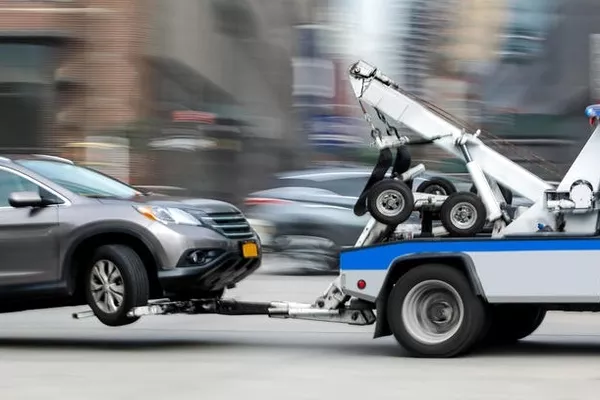
Make sure that the transmission is shifted to N before towing
Recent posts
- Semi-automatic cars: How they differ from Manual and Automatic cars Nov 30, 2022
- Top Tips for Pinoy Drivers When Driving Uphill in Automatic Cars Nov 08, 2022
- 10 Effective Tips To Care For Your Automatic Car Feb 19, 2021
- 3 things to keep in mind when changing oil for automatic transmission cars Feb 19, 2021
- Here are the 8 best automatic transmission vehicles in our country Mar 30, 2021












